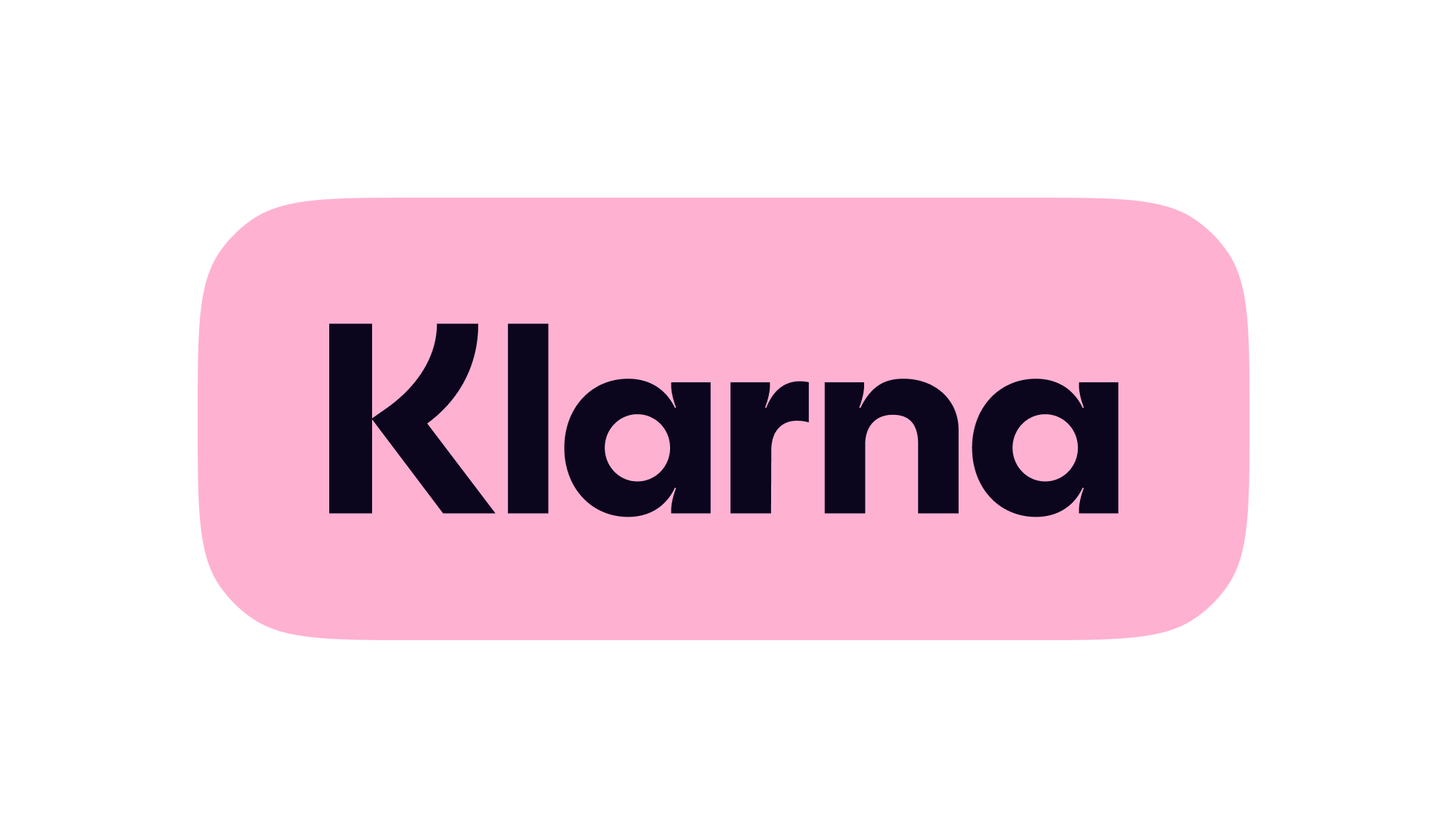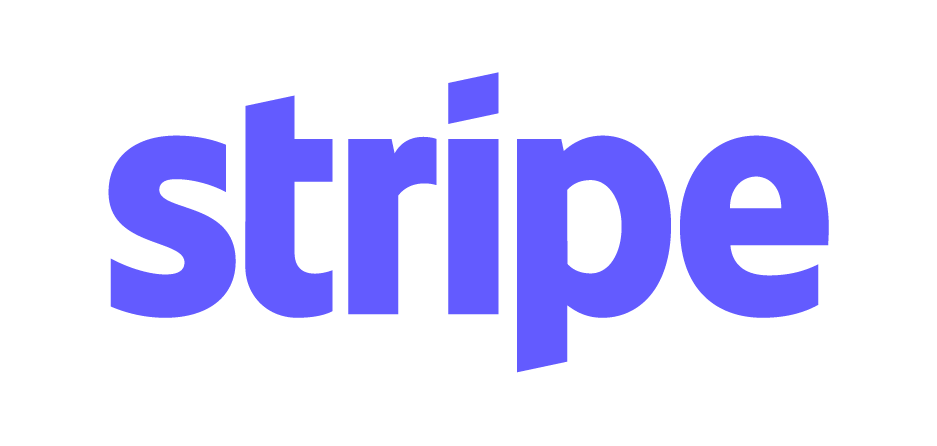Understanding Botox Advertising Guidelines: A Comprehensive Guide
Advertising Botox treatments in the UK requires a careful and informed approach due to stringent legal and ethical guidelines. Botox and other botulinum toxin products are classified as prescription-only medicines (POMs), meaning their promotion to the public is strictly regulated under the Human Medicines Regulations 2012 and the CAP Code. This guide will help you understand the dos and don’ts of Botox advertising to ensure your practice complies with these regulations while effectively promoting your services.
Why Are Botox Advertising Restrictions in Place?
Botulinum toxin products, including Botox, Dysport, and Bocouture, are powerful prescription-only medicines. Advertising restrictions are designed to protect patients by ensuring they are fully informed and make decisions based on medical advice rather than marketing influence.
The Advertising Standards Authority (ASA) and the Committee of Advertising Practice (CAP) enforce these rules, with the Medicines and Healthcare products Regulatory Agency (MHRA) providing statutory oversight. Violations of these guidelines can result in enforcement actions, removal of ads, and potential referrals to professional regulatory bodies.
Key Rules for Advertising Botox in the UK
1. No Direct Advertising of Botox or POMs to the Public
Under CAP Code Rule 12.12, Botox and other POMs cannot be advertised to the public. This includes all direct references, brand names, or implied promotions.
2. Avoid Indirect References
Phrases such as “wrinkle-relaxing injections” or “anti-wrinkle treatments” are often seen as indirect advertisements for POMs. The ASA treats such references as breaches of the regulations.
3. No Use of Before-and-After Photos
Sharing before-and-after photos for Botox treatments is prohibited as it implies a direct advertisement for the treatment.
4. Avoid Promotions and Incentives
Discounts, offers (e.g., “20% off Botox”), or prize giveaways for Botox treatments are strictly forbidden.
What Can You Say?
Although advertising Botox directly is prohibited, there are ways to market your services legally and effectively:
Focus on Consultations
Advertise a “consultation for the treatment of lines and wrinkles” where multiple treatment options, including non-POM alternatives, are discussed. It must be clear that Botox may not be administered if deemed unsuitable.
Balanced and Factual Information
Limited references to Botox are permitted if they are incidental, factual, and avoid promotional language. For example:
- Avoid: “Botox for smooth, flawless skin!”
- Acceptable: “Consultations available for various wrinkle treatment options, including Botox.”
Target Healthcare Professionals
Advertisements directed exclusively to qualified healthcare professionals are exempt from these restrictions.
How to Structure Your Advertising
1. Website Content
Avoid mentioning Botox on the homepage. Instead, guide visitors to a consultation page where balanced and factual references to Botox can be made. Ensure casual browsing does not lead directly to POM-related information.
2. Price Lists
Botox can be included in a price list as long as it is not promotional and does not appear on publicly accessible areas like your homepage or social media.
3. Social Media and Hashtags
Do not use terms like #Botox or #AntiWrinkleInjections. Instead, focus on patient concerns and consultations without referencing specific products.
Examples of Compliant Advertising
Compliant Example:
“Looking to address fine lines and wrinkles? Book a consultation to discuss tailored treatment options with our experts. Our approach ensures every recommendation is personalised and based on suitability.”
Non-Compliant Example:
“Get smooth skin with Botox! 20% off this month only. DM to book your treatment today!”
The Importance of Compliance
Failing to adhere to Botox advertising guidelines can have serious consequences, including:
- Removal of Posts: ASA enforcement may target non-compliant content using monitoring technology.
- Referrals to Regulatory Bodies: Persistent violations may result in referrals to the MHRA or professional regulators.
- Reputational Damage: Public rulings against your practice can harm trust and credibility.
To avoid issues, review all marketing materials regularly and ensure your team understands the rules.
Resources for Guidance
To stay informed and ensure compliance, utilise these resources:
For tailored advice, you can also consult the CAP Copy Advice Team, which offers a free, confidential pre-publication review service.
Conclusion
Understanding and adhering to Botox advertising guidelines is essential for aesthetic practitioners in the UK. By focusing on consultations, using factual language, and avoiding prohibited content, you can effectively market your services while staying compliant with the law. At Derma Institute, we prioritise education and compliance to support your success in the aesthetics industry.
If you’re looking for professional training in Botox and aesthetic treatments, explore our courses to start or elevate your practice today.






